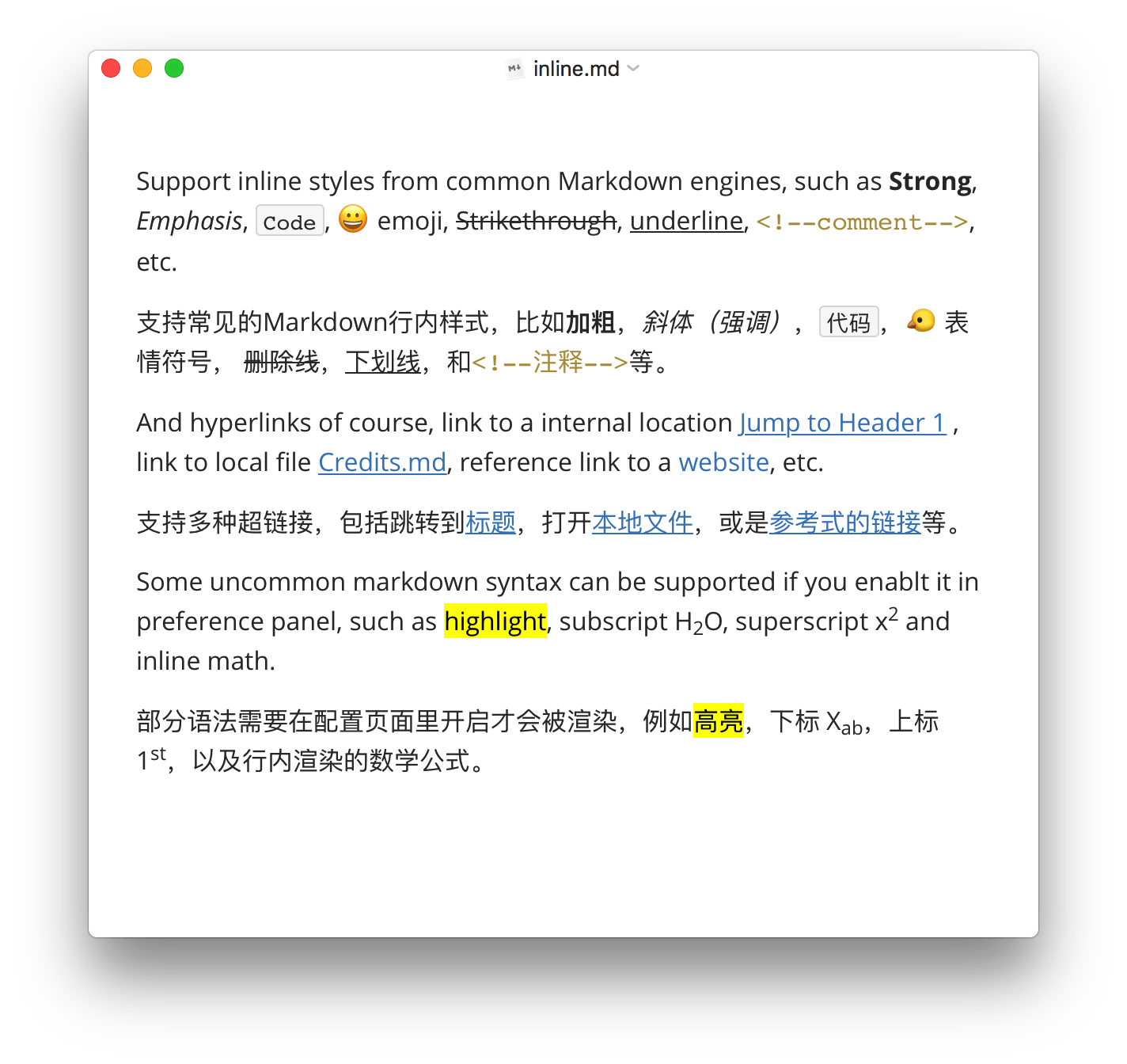
- #Hyperlink in typora generator
- #Hyperlink in typora full
- #Hyperlink in typora code
- #Hyperlink in typora free
- #Hyperlink in typora mac
#Hyperlink in typora code
To store your source code in VSTS you have to create a Project and then go to Code and clone the repo. So each git push goes to my private Git repository and then jumps to the continuous integration machinery.
#Hyperlink in typora free
VSTS offers free source control, automatic builds, release management, load tests and more.

Coming to the stage is Visual Studio Team Services (VSTS)!
#Hyperlink in typora full
I wanted full Continuous Integration (CI) pipeline. With the post written, site designed and everything built to static HTML files I could simply upload the public folder to FTP server and be done with it. I don't want the locally generated content to overwrite what I have online.

But for the live site I want Continuous Integration to generate content in the cloud on every change. The reason is simple - I use Hugo locally to preview and test articles before publishing. gitignore consists of a single line: Site/public : This is no longer necessary as there's an extension for VSTS which provides Hugo as a build step.įinally. Updating also means to just replace the EXE with new version. I decided to pack hugo.exe file together with the repo and placed it in the Utils folder so that the build process can simply take the tool directly from the repo and run it. Hugo compiles all files into the public subfolder which is at the end deployed to the web server. All posts and other markdown files are in the content subfolder and the static subfolder hosts all images. The Site folder is fully under Hugo's control. If I wanted to continue editing the post on a different computer, I would commit & push it to Git and simply pull the repo elsewhere (or edit in the browser - we'll get to it). hugo server -baseUrl=" Then I navigate to and see how the post will look like (it's like preview in WordPress, but live after each save). When I'm writing a post or making changes to the site, I always have Hugo running in server mode, so that it automatically picks up any changes and updates the browser window. This parameter is used by Typora only and allows me to write image paths in the final form (that is /images//) and still see them in the editor. I also usually configure the root folder of images, as a parameter in every article's front-matter: typora-root-url. Ctrl+K to create a hyperlink (and if there's a URL in clipboard, it will automatically fill it in!).Ctrl+B, Ctrl+I for Bold and Italic (obviously),.There are different visual themes available (I prefer GitHub) and once you learn a few keyboard shortcuts, you will get extremely productive. It allows you to edit the markdown code directly, if you so desire, but you don't have to.
#Hyperlink in typora mac
Typora works on Windows, Mac and Linux and is quite minimalistic. And for me the main tool to write markdown is Typora, Electron-powered cross-platform WYSIWYG editor. Implementation Editorīlogging is writing. It's actually capable of many things - check their site and go through some of their tutorials to learn more about Hugo itself. But don't get me wrong - it's not THAT simplistic.
#Hyperlink in typora generator
Transparent - content fully accessible in simple formats, no database "obfuscation".īecause of these reasons I chose a handy generator called Hugo, which builds the whole site from markdown files and HTML templates.Automatically published when done editing.Backed by Git, so that It's possible to track changes and place it to a cloud source-control system.Markdown as the authoring format (I got used to it way too much in the recent years).



 0 kommentar(er)
0 kommentar(er)
